09 Jan 2017
Anonymous
A short film about the changing face of London Soho and the implications of gentrification on Mimi, an aging transvestite.
Commissioned by the U.S. Office of War Information, this short film features conductor Arturo Toscanini leading the NBC Symphony Orchestra, tenor Jan Peerce, and the Westminster Choir in Verdi’s Inno delle nazioni. Originally composed in the 1860s as a musical tribute to Europe, Toscanini expanded the score to include The Star-Spangled Banner and The Internationale in honor of the Allied struggle and Italian partisans. Filmed in NBC’s Studio 8H, the documentary interweaves performance with scenes of Toscanini at home, emphasizing his anti-fascist stance and celebrating the liberation of Italy. Preserved by the Academy Film Archive in 2010.
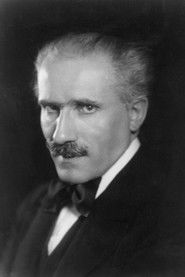
Himself
Himself/Host

Narrator (voice)
Himself

Himself
Themselves
09 Jan 2017
A short film about the changing face of London Soho and the implications of gentrification on Mimi, an aging transvestite.
01 Jan 1998
No overview found
01 Jan 2015
No overview found
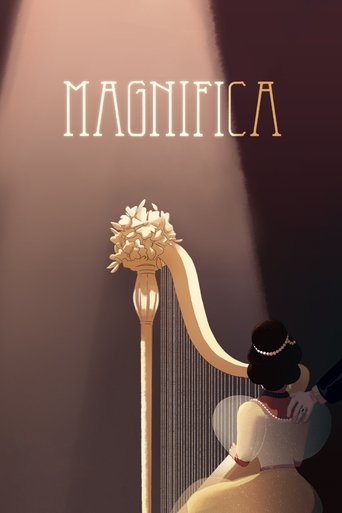
26 Oct 2022

1907. Magnifica, young Costa Rican harpist, is preparing for her concert at the Royal Conservatory of Brussels where she studies with her fiancé. Inspired by the life of Pacifica Zelaya.

22 Oct 2022

12 years later, a failed school short film is resignified to share the multiple experiences that exist in the creation of a film.
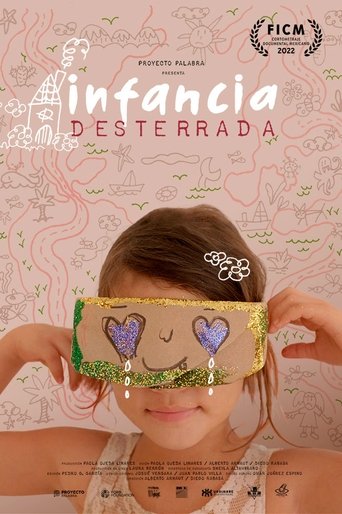
22 Oct 2022

Every year, tens of thousands of children are forced to leave their countries unaccompanied by an adult.
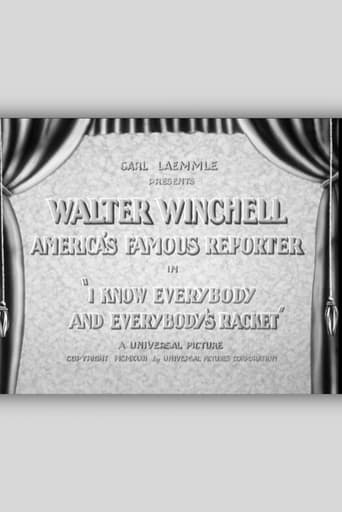
23 Jan 1933

Walter Winchell meets a budding country journalist and shows her around the Biltmore Hotel.
01 Jan 1997
No overview found
01 Jan 1954
A look at Belgium's capital Brussels.
01 Jan 1953
No overview found
01 Jan 1954
A tribute not so much to the river that runs through the Eternal City, but to that part of Rome that very often remains invisible to the eyes of tourists-the suburbs, with their streets and rituals.
01 Jan 1995
Short film by Michael Maynard
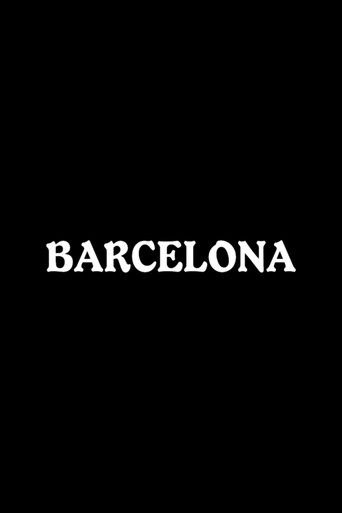
01 Jan 1929

A walk through the landscapes of the province of Barcelona, Spain, as well as a testimony of the daily life and customs of its inhabitants.
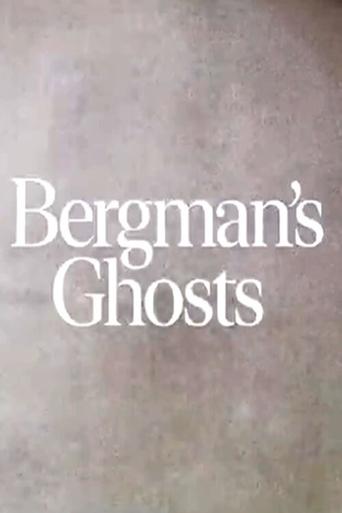
07 Jun 2021

Super-8 footage captured while filming Bergman Island. In voice-over, filmmaker Mia Hansen-Løve offers intimate reflections on her creative process on the island of Fårö and her relationship with Bergman and Swedish cinema.
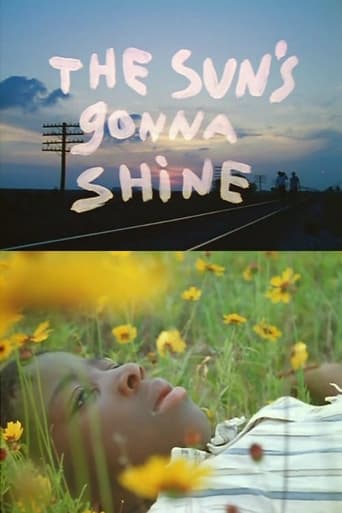
02 Jan 1969

A lyrical recreation of Lightnin’ Hopkins’ decision at age eight to stop chopping cotton and start singing for a living. Preserved by the Academy Film Archive in 2013.

30 Jun 1896

A group of people are standing along the platform of a railway station in La Ciotat, waiting for a train. One is seen coming, at some distance, and eventually stops at the platform. Doors of the railway-cars open and attendants help passengers off and on. Popular legend has it that, when this film was shown, the first-night audience fled the café in terror, fearing being run over by the "approaching" train. This legend has since been identified as promotional embellishment, though there is evidence to suggest that people were astounded at the capabilities of the Lumières' cinématographe.
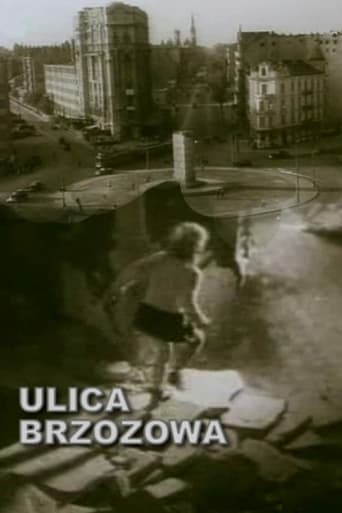
01 Jan 1947

Battered Warsaw is getting back to life after the WW2 destruction. The ruins of the Old Town become homes once again.
01 Jan 1949
Short documentary on Poland's first steam locomotive.
01 Jan 1952
A miniature parable about a young boy who misunderstands the function of a bird feeder.
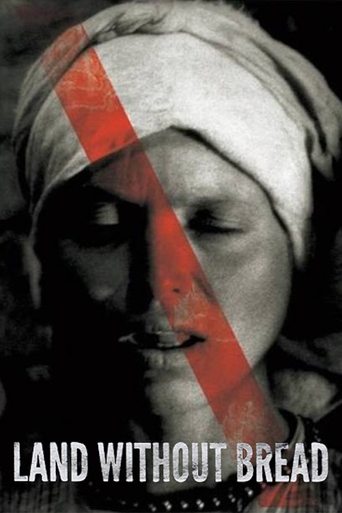
01 Dec 1933

An exploration —manipulated and staged— of life in Las Hurdes, in the province of Cáceres, in Extremadura, Spain, as it was in 1932. Insalubrity, misery and lack of opportunities provoke the emigration of young people and the solitude of those who remain in the desolation of one of the poorest and least developed Spanish regions at that time.